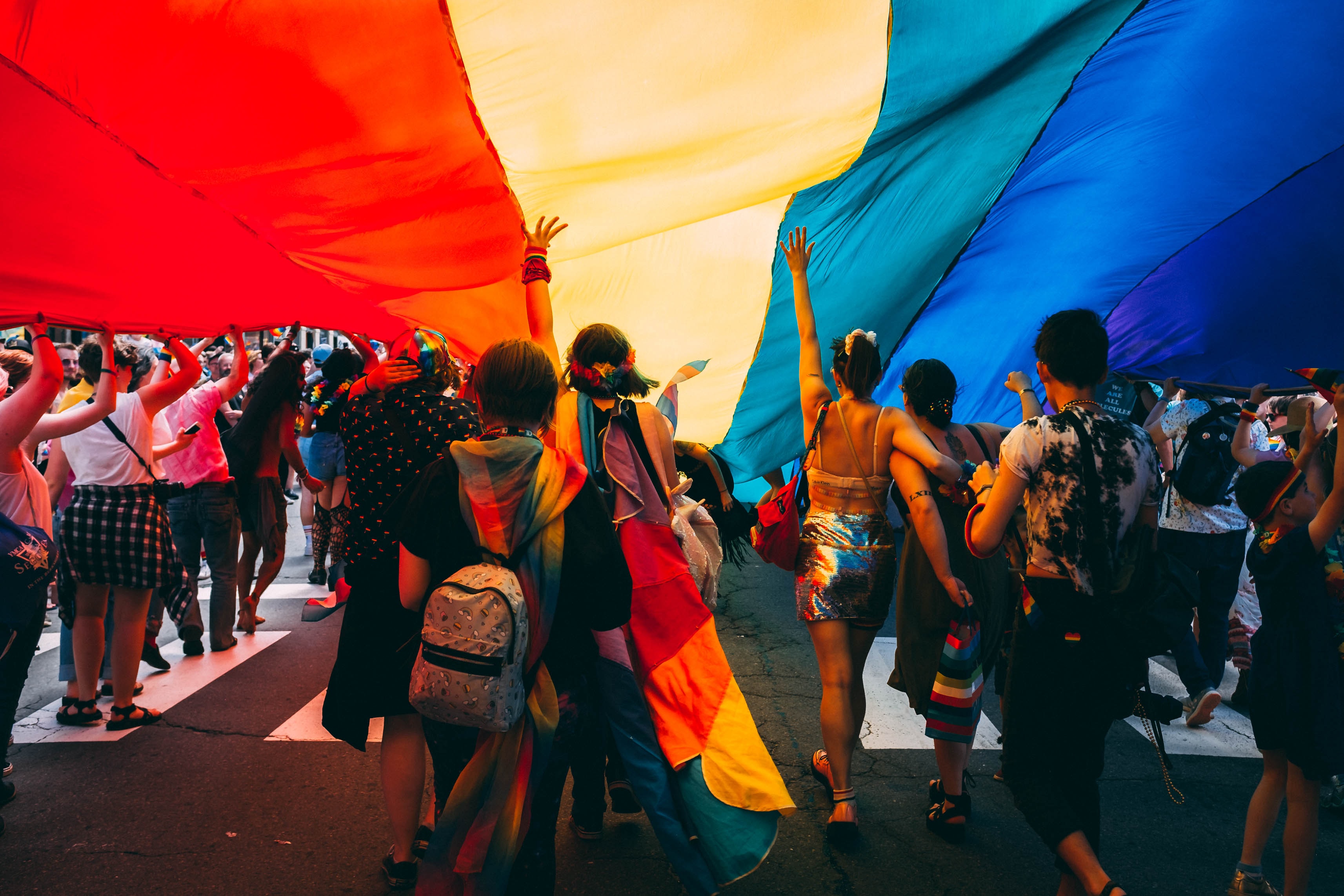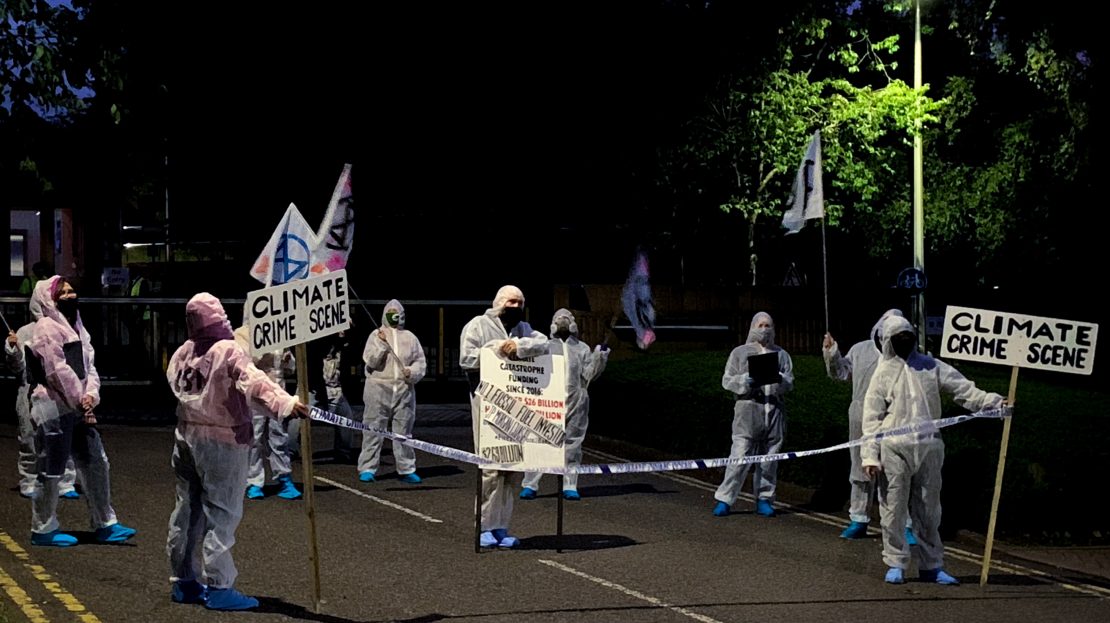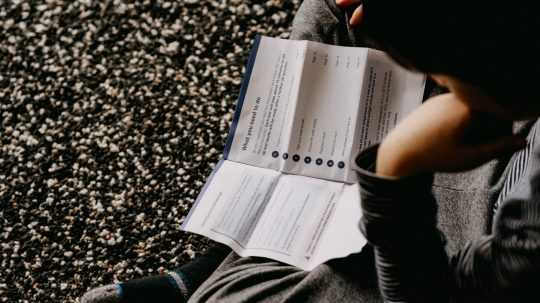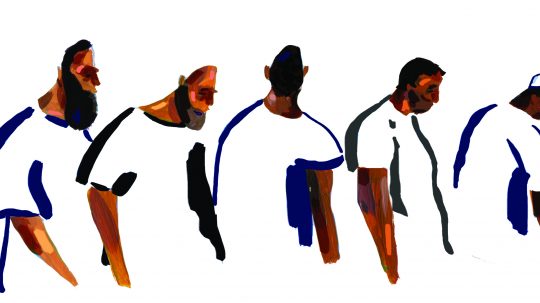Hannah Shewan Stevens argues that due to their controversial history with queer people, the police should stay out of Pride marches.
Thanks to the enduring coronavirus pandemic, Pride month has looked very different in 2020 and 2021. Sequestered at home, LGBTQIA+ folks have been celebrating through computer screens, dreaming of the days they can dance in the streets and shout joy from the tops of glittering rainbow floats again.
There has been an upside amongst the frustration of lockdown Pride though – the absence of police.
Originating in the 1969 Stonewall riots of Manhattan, New York, Pride is a celebration of queer life that takes over towns and cities all over the world throughout June. The first demonstrations were in response to a police raid in the early hours of June 28, 1969, that turned violent against patrons of the Stonewall Inn and others in the community. They fought back, sparking this symbolic time of resistance that formed the foundation of the Pride we know and love today.
While the Stonewall uprising occurred in the context of a broader civil rights movement, its memory has endured as a symbol of Pride’s origins and the attendance of uniformed police at Pride events for some of us is problematic, given the struggles with authority that have been necessary to win us the rights we still fight to protect today.
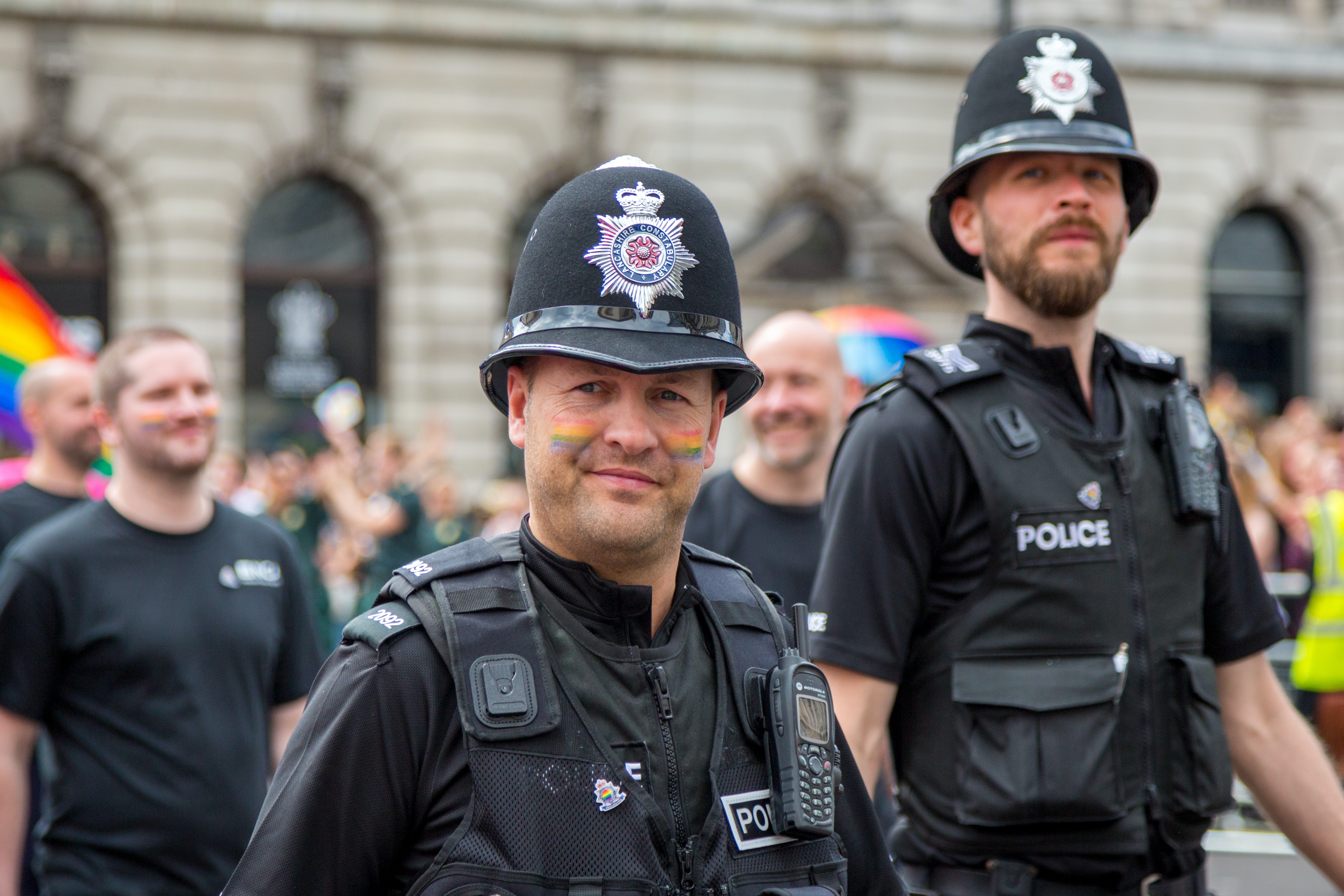
Every June, social media timelines are flooded with apparently heart-warming videos of police officers dancing at Pride, marching in uniform and even proposing to their partners while on duty. Although seeing LGBTQIA+ people in any position of power is a reassuring sign of progress, watching uniformed police participate in a parade born out of resisting oppression at the hands of police for me is distressing. Police have worked to heal broken bonds with the public but a police uniform in an LGBTQIA+ space can still spark negative associations, especially for minority ethnic groups whose complaints of racist treatment at the hands of police are rarely upheld.
However, the law offers little hope of reducing or removing police presence at Pride events. In the UK, organisers of protests or marches are legally obligated to inform the police in writing at least six days before the event itself. This must include information about the date and time of the march, the route, and organisers’ names and addresses. In turn, the police have the right to limit or change the route, set other conditions for the march, change the location and limit how long a rally lasts.
LGBTQIA+ police officers have also retained the right to march in uniform after Pride in London rejected a proposed ban on the Metropolitan Police participating in the parade. After receiving hundreds of letters demanding that the Met’s LGBT+ Network group be excluded from the parade, alongside letters highlighting incidents of institutional racism by the force, Pride in London conducted a review to determine if officers in the capital’s main police service should be allowed to apply to march.
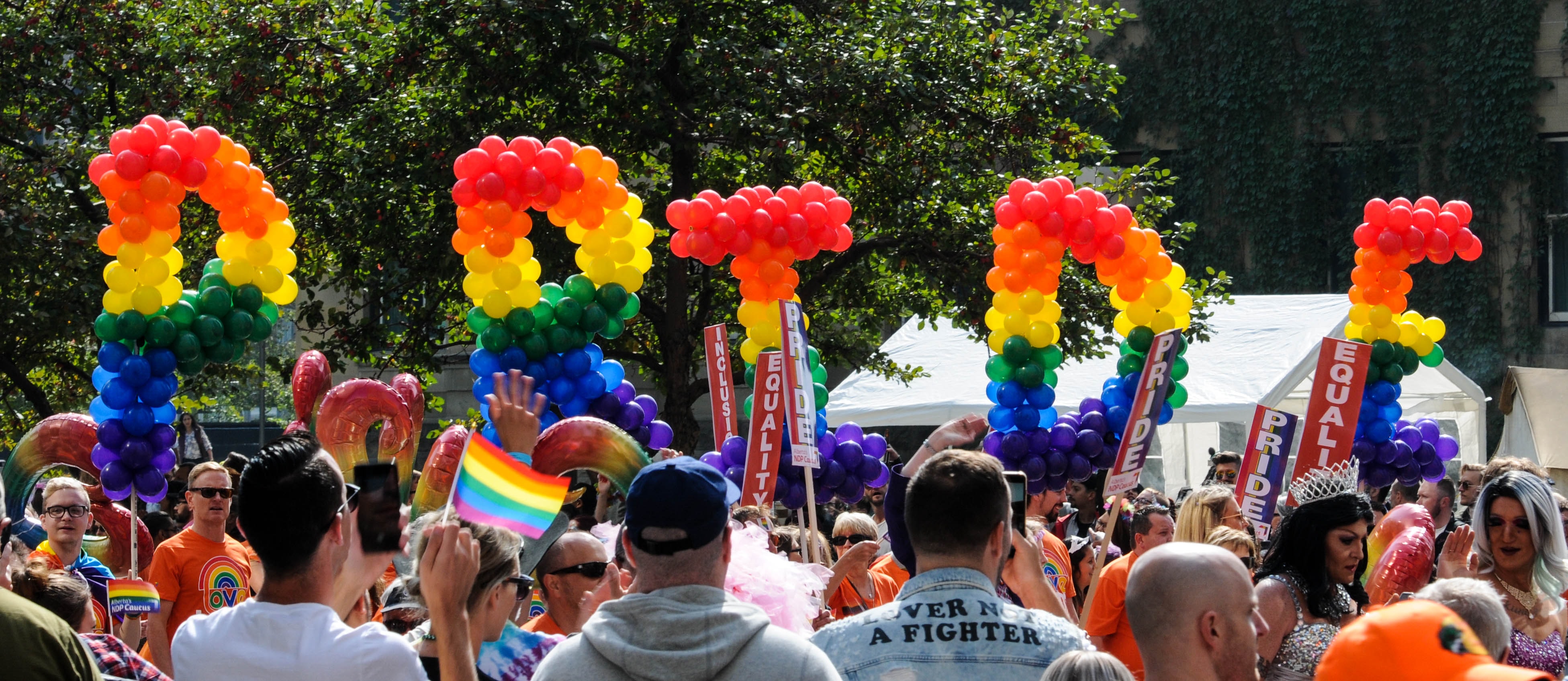
Credit: Toni Reed / Unsplash
Pride in London’s own Community Advisory Board proposed excluding the group on the basis that although every LGBTQIA+ individual has the right to participate in the parade, not every organisation does. In a statement released in March, Pride in London confirmed they are allowing the Met’s LGBT+ Network to apply to take part in the next parade.
While the celebration of queer identity should be preserved, the police’s right to march in a uniform still associated by many with the violent oppression of minority ethnic groups and queer people should not. The UK could follow the lead of Toronto Pride and New York City Pride events and ban uniformed officers from taking part in parades. However, as it stands, Pride events in the UK maintain a police presence both as security – to manage crowds and counter-protesters – and as participants.
This year, the Wiltshire police force is sponsoring a deckchair zone at the local Pride festival to show support for the LGBTQ+ community. A kind thought, perhaps, but the gesture feels empty when remembering the historically troubled relationship between the LGBTQIA+ community and the law. ‘Homosexual acts’ between two men were illegal until 1967 and it took until 2001 for the legal age of consent for gay men to be equalised.
The historic homophobia still present in parts of the police force has been expressed in accusations of the police brushing off friends of infamous killer Stephen Port’s victims. Just last year, six Hampshire Constabulary officers faced gross misconduct proceedings after being recorded making homophobic, racist and sexist comments, and there is still work to do to improve the reporting process for transgender victims of rape.

Whether the police admit it or not, their relationship with the LGBTQIA+ community has a lot of healing to do. Trust has to be built and it is unlikely to be forged if the controversial Police, Crime, Sentencing and Courts Bill goes through, potentially posing an even bigger threat to Pride.
In March, The European Pride Organisers Association wrote to the Home Secretary and Justice Secretary about concerns that the bill, if passed, would infringe on LGBTQIA+ Pride events. They said in a statement, “The proposed legislation would allow any police officer to halt a Pride parade or march if they deem that the parade or march is disrupting ‘the activities of an organisation’ or causes ‘impact on persons in the vicinity’. Pride parades and marches are by their very nature and history forms of protest and causing disruption, noise and impact – only for a few hours – is the fundamental point of the event.
The Bill’s primary focus is spontaneous protest, yet its current wording would allow police the power to interrupt a Pride event based on perceived public disruption.
Pride should be a proud and free space, protected from trauma and enshrined in a safe, rainbow-tinted bubble. The enduring presence of uniformed police threatens to dull that shine. Freedom from police presence during lockdown Pride has only highlighted how intrusive their presence ordinarily is.
Though police may strive to demonstrate inclusivity and acceptance of the queer community, celebrating pride alongside uniformed officers will never feel natural to me. Though there are many things we will be thankful to forget about pandemic life, one of the lasting impacts should be a diversion to remote Pride events to ensure that policing stays out of queer celebration.
The views expressed in this article are those of the author and do not necessarily reflect the views of EachOther.

